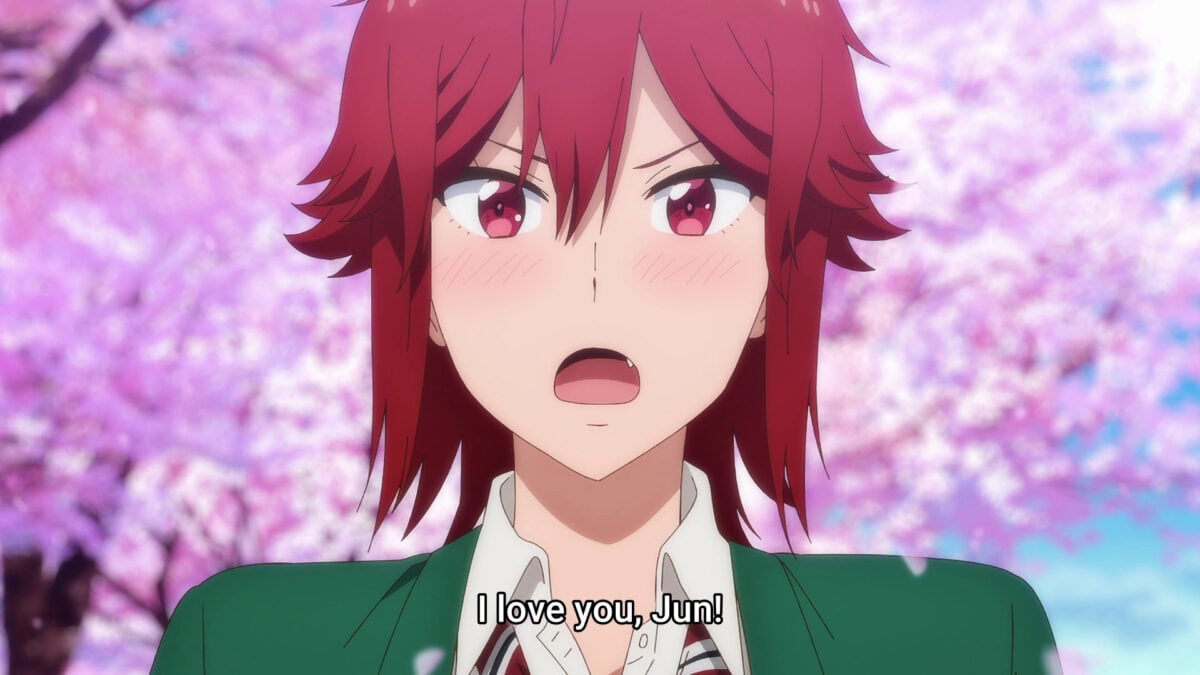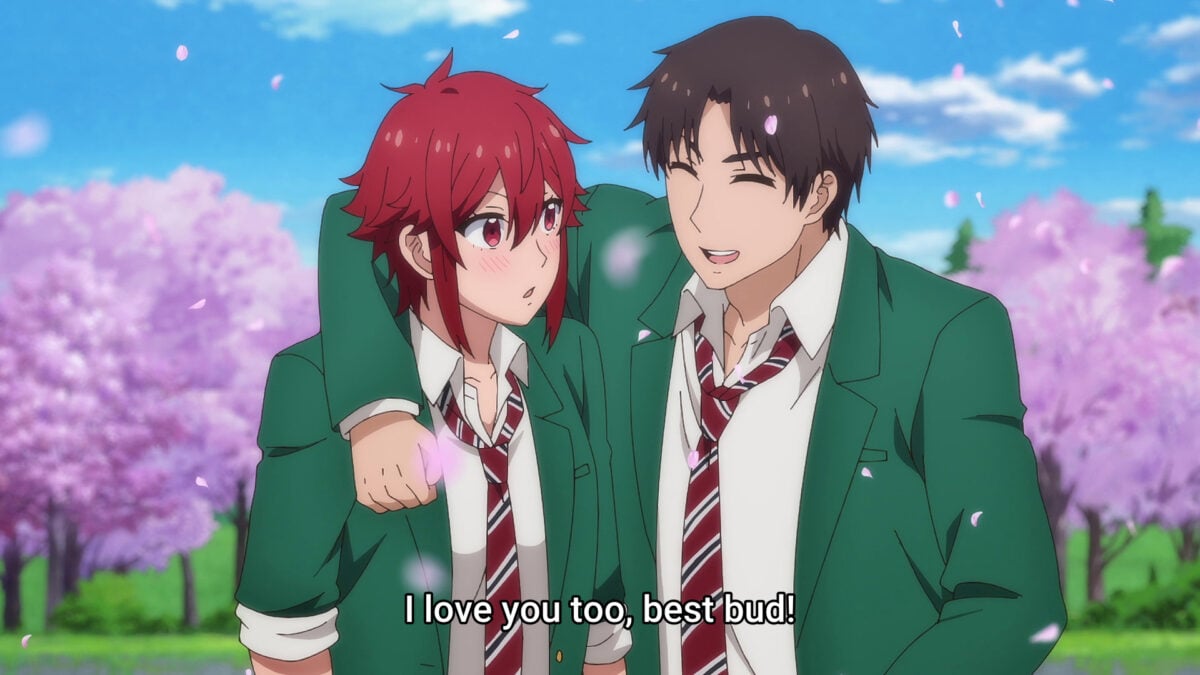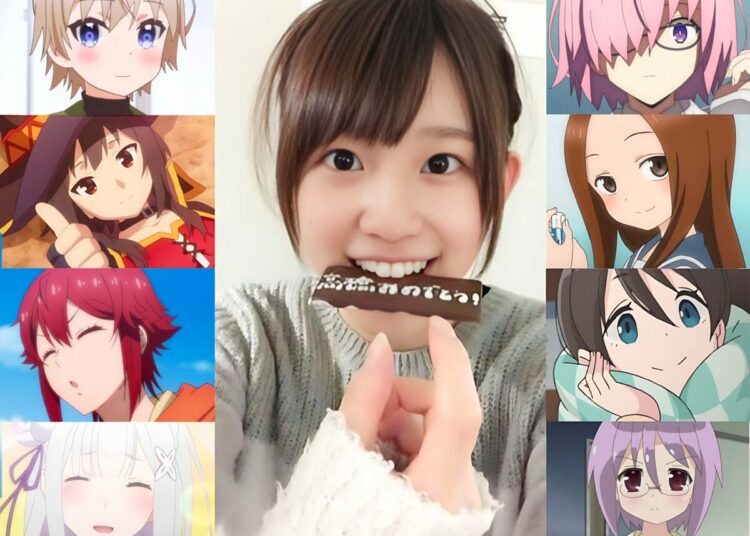The new anime season is off and running, and suddenly I’ve got 15+ series I’ve got to follow weekly. One show I’m enjoying is Tomo-chan wa Onnanoko!, or Tomo-chan is a Girl!, a new anime rom-com based on a popular 4-koma manga by Fumita Yanagida. Let’s find out if you should give it a try!
Tomo-chan is a Girl! is an Adorable Rom-Com
Tomo Aizawa is a super-strong tomboy who’s always hanging out with her childhood friend Junichiro “Jun” Kubota. But Tomo-chan has a secret: she’s fallen in love with Jun, although he’s only able to see her as a guy since they’ve known each other for so long. She even confessed her feelings to him, but he misunderstood, thinking that she meant “love” in the bromance sense of the word. Can Tomo-chan get through Jun’s tungsten-thick skull and make it out of the friend zone?
As with any good anime rom-com, the side characters in Tomo-chan is a Girl! are essential. I especially love Mizusu, a childhood friend of both Tomo-chan and Jun. She’s always got the perfect deadpan response to Tomo’s silly antics and is awesome for bringing humor. She loves to “play” with Tomo and Jun and see what chaos she can create in their relationship.
The production values of Tomo-chan is a Girl! are top-notch, including the voice cast, with Rie Takahashi (Megumin from Konosuba) voicing Tomo and Kaito Ishikawa (Sakuta from Seishun Buta Yaro) as Jun. I especially like that the anime is adapted from a 4-koma manga because it allows for the story to be expanded on from the simpler source material, like K-On! and Working! achieved.
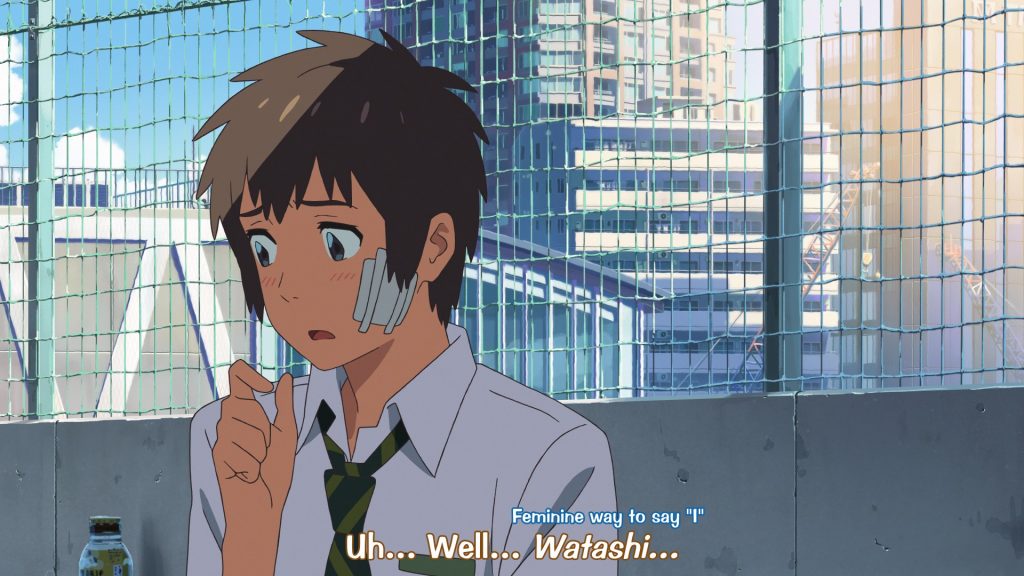
How Does Boy’s and Girl’s Language Work in Japan?
One piece of advice Misuzu offers Tomo-chan is that she talk less like a boy and use more feminine, softer speech. In Japanese, male and female speech are quite separate, which was the source of many comedic moments in the body-switching anime Your Name.
In general, gender language in Japanese works like this:
- Boys will use male pronouns like ore or boku for the first person and omae for the second person.
- Girls will use female pronouns like watashi or atashi for “I” and anata for “you” (or an appropriate-for-girls nickname as a stand-in for a name). Some girls use boys’ pronouns like boku to refer to themselves, and Bokukko is a specific name for a tomboy in Japanese.
- In the same way boyish girls use boy’s pronouns, effeminate men use girl’s pronouns. One of the cornerstones of Japanese comedy is built around okama or gay men who cross-dress and use flamboyant female speech.
- There are sentence-ending words used by girls and others used by boys. Some are used by both, but the intonation is such that the sentence sounds “feminine” or “masculine.”
- One convenient way of learning Japanese is by getting a Japanese girlfriend, but it will be challenging to unlearn the feminine speech you pick up from her. I balanced this problem by reading Fist of the North Star manga, with somewhat mixed results.
I once had an interesting conversation with my daughter when she was in elementary school. I noticed she was using the word uchi for her first-person pronoun, which is generally used in the Kansai region, not near Tokyo where we live. (This is also the first-person pronoun that Lum uses in Urusei Yatsura, because aliens naturally speak Osaka-ben.) Her response was, “Well I can’t very well go around calling himself atashi. That’s way too feminine for me!”
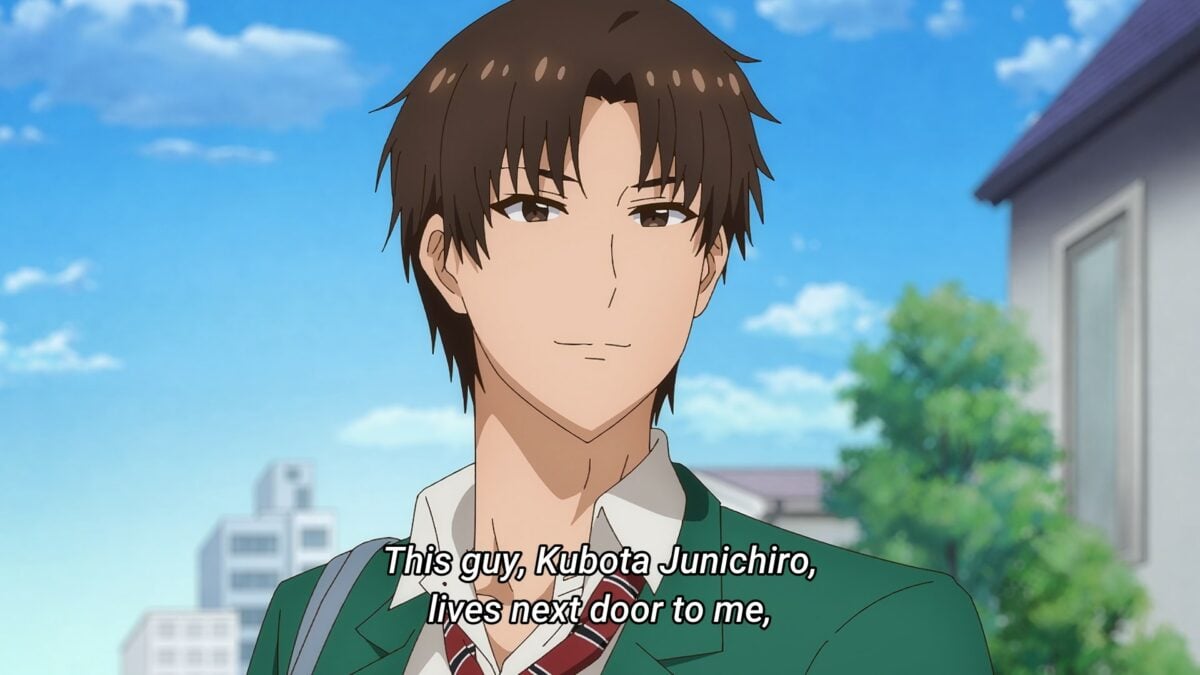
The Truth About Childhood Friends
I’ve always been fascinated by the concept of osana-najimi, or childhood friends, perhaps because I’ve never had one. My mother and father got divorced when I was two, and I pretty much moved to a new place every year while my mother was building her computer career in the 70s. I naturally lost touch with the friends I made along the way.
Compare my situation to my mother-in-law, who was born in the same town we live in now, and went to the local elementary school with all the same kids in the neighborhood. She’s known the friends she made back then for 80~ years, and now, they attend each others’ funerals when one of them dies.
By the way, according to Mrs. J-List, the chance that romance would bloom between childhood friends is zero. “Why would you ever see an osana-najimi as a romantic partner? They know every embarrassing thing you ever did, including that time you wet your pants at age five. No one would want to date someone that close to them.”
Thanks for reading this blog post about the Tomo-chan is a Girl! anime rom-com. Are you enjoying the show? Tell us below, or talk with us on Twitter!
J-List is overflowing with awesome hentai doujinshi from the most recent Comiket doujin event. You should totally browse our stock of quality books now! The link is here.


